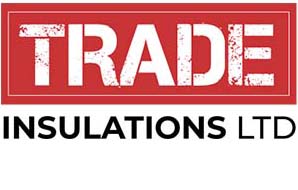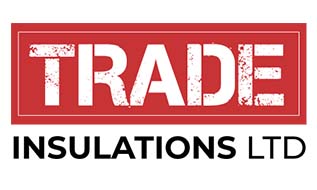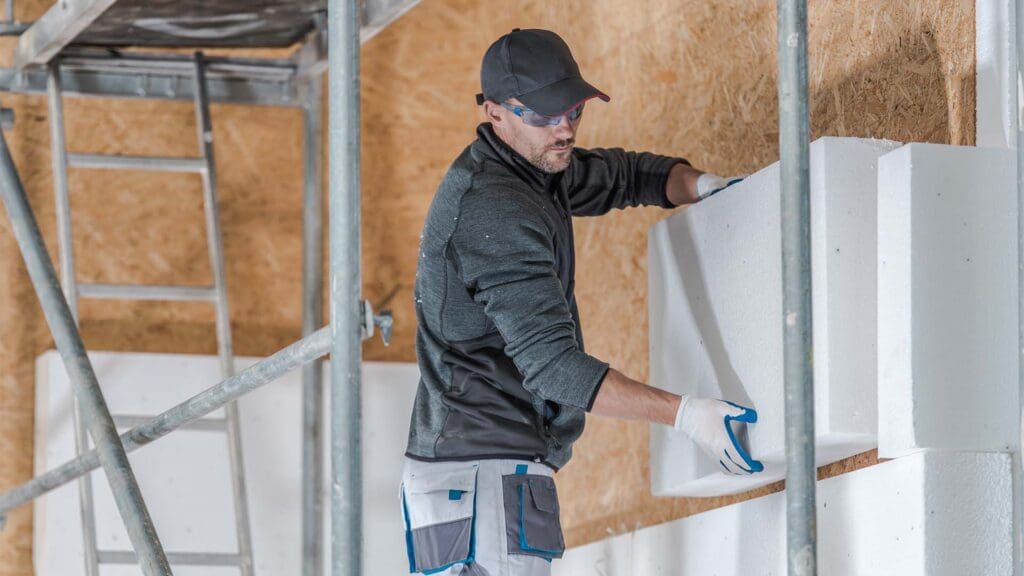What are the different types of insulation boards? :
PIR insulation boards
PIR boards are made using a blend materials together to create a single board of rigid foam insulation. The way these board working involve heat being generated which causes a release of gases which are then trapped within cells creating a high thermal performance. The foam board is then placed in between two foil facings.
PIR boards (polyisocyanurate insulation) include:
- Structural rigidity
- Simple Installation
- Moisture Resistant
- Protects/ stops mould/ condensation – this can affect the quality of the board
- Great lifespan
- Fire-resistant Properties – cannot melt within fire.
XPS insulation boards
XPS insulation is made with a closed-cell and is a rigid form of insulation board. XPS Insulation Board prevent water penetration and the process in which the product is made creates a durable and firm insulation board. XPS insulation is commonly used for floor insulation boards, for ceilings and flat roofs.
XPS insulation (Extruded Polystyrene Insulation) include:
- Moisture resistance- Less chance of damp or mould
- Long term durability
- Reusable product – XPS boards can be melted and recycled to create new XPS Boards
EPS insulation boards
EPS insulation is a similar product to XPS insulation but goes through a different manufacturing process. A mould is used within this product that is filled with small foam beads which is then warmed up using heat/ steam. This causes the foam beads to expand and merge. Unlike XPS insulation, EPS insulation is not as effective as it will have small voids between beads, as they have not completely fused together. Meaning that water can penetrate the insulation, causing a less effective outcome.
EPS insulations (Expanded Polystyrene Insulation) include:
- Cost-effective prices – the cheaper range of Insulation Board
- Lightweight properties making transportation and installation simple
- Long Term Durability
Types of insulation board edging include:
- Tongue and groove edging is found on several types of insulation boards. Tongue and groove is a series of cut slots to provide insulation boards that have no gaps fit tightly together. This minimises heat loss which improves the insulation of the boards.
- Tapered Edge is found on insulated plasterboard The edges of these boards are thinner at the sides which means the surface can be dry lined with scrim and joint fillers. These are applied at edges of the boards and the smooth surface finish is not affected.
- Shiplap Edge is found on several types of insulation board and involves small grooves which allows each board to interlock securely with adjoining boards which provides stability and strength.
- Square Edge is the most basic form of edging and is found on several types of insulation board. They consist of insulation boards cut square and have no special joints or grooves. Square edge insulation boards are commonly used in large projects as they fit next to each other easily.


